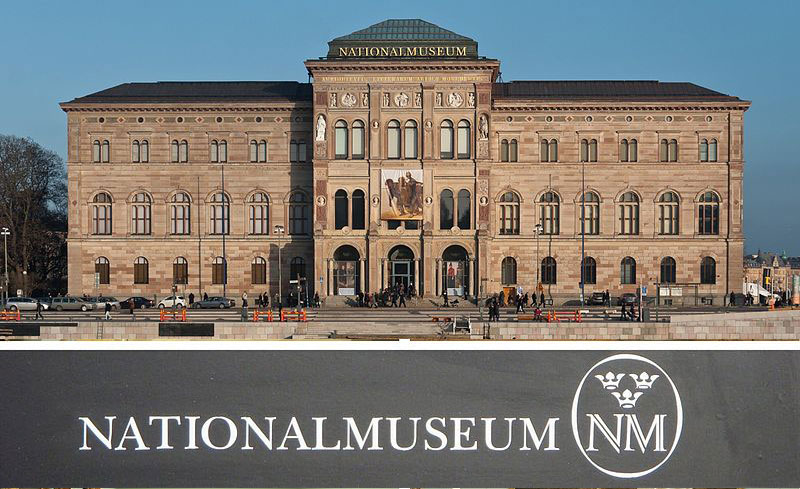Anne Vallayer-Coster’s Portrait of a Violinist, Alexander Roslin’s 1768 masterpiece The Lady with the Veil and the 1603 Interior of a Baroque Church by Bartholomeus Bassen are just some of Swedish art gems available in the Sweden’s National Museum online database. Open to everyone’s gaze, these works promote the unique history of art in Sweden, together with 146,000 other objects registered in the museum’s digital database. As the institution undergoes a major renovation project, it is also looking to make even more of its treasured assets available to the public.
In an effort to provide a greater accessibility to its collections, the museum recently released 3000 high-resolution images on Wikimedia Commons, enabling art lovers from all over the world to download the digitised versions of these artworks for free. This release marked an important step towards democratisation of the museum’s collections for the benefit of global art audience. As suggested by Berndt Arell, the museum’s director general, digitisation will remain one of the museums’ key activities in the following years, as a part of the strategy to promote Swedish art and culture:
“We are committed to fulfilling our mission to promote art, interest in art, and art history by making images from our collections an integral part of today’s digital environment.”
Arell also pointed to the great advantage of digitisation and its potential to help the National Museum stay relevant in the modern age. Coupled with the renovation work that will transform its building into a contemporary and environmentally friendly edifice, digitisation will help rejuvenate the experience of exploring the museum’s collections. Its current historic setting on Blasieholmen in Stockholm will thus offer a more enticing way to learn about the historic figures and places that have helped shape the Swedish culture through centuries. The role of digitisation here is to ensure this knowledge is safeguarded for centuries and open to everyone.
Photo credits: Wikipedia




